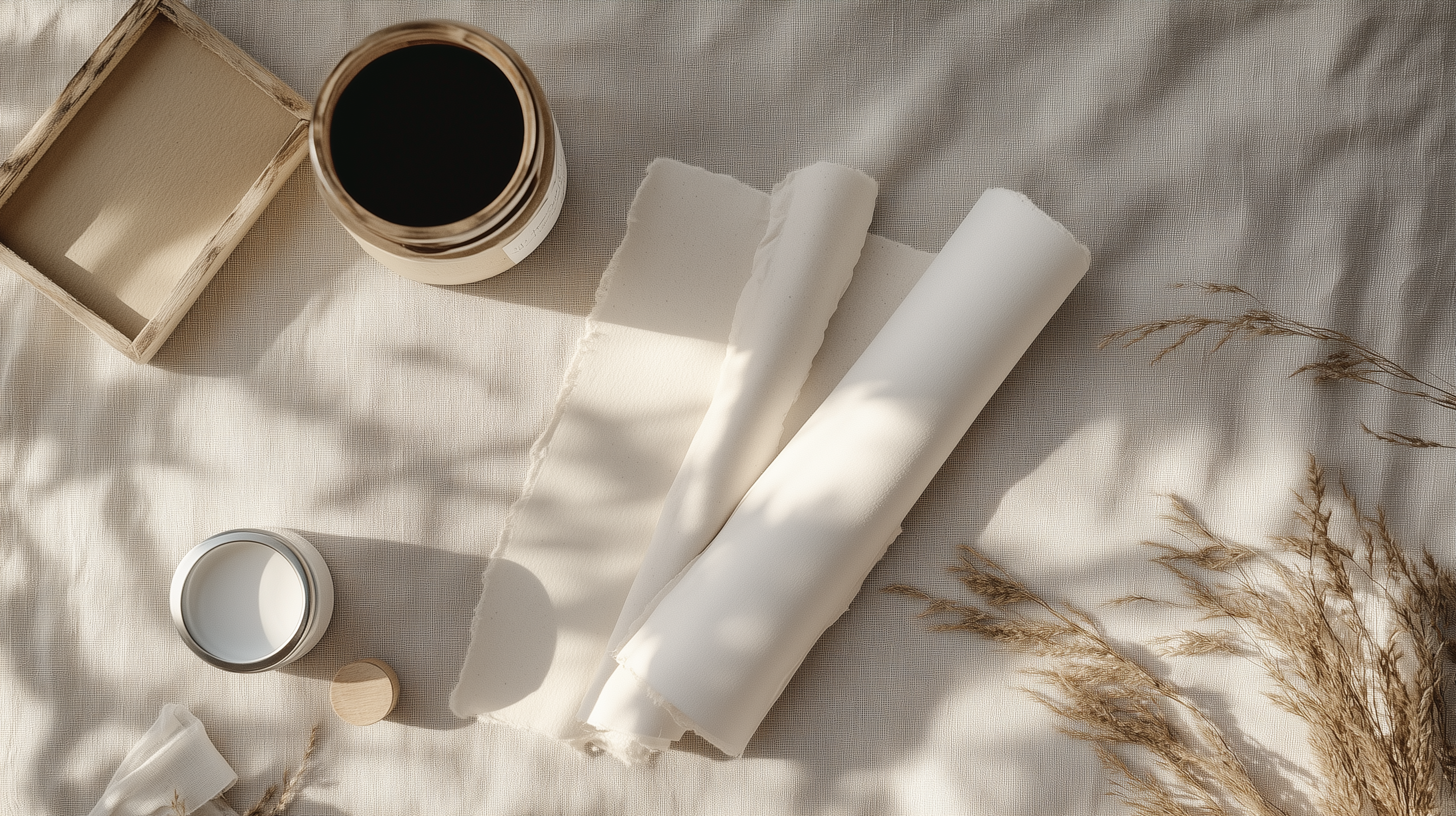When Beauty Bears a Burden
Art is often seen as above the fray — removed from politics, immune to economics, untouchable by tariff wars and trade disputes. But even the purest black-and-white photograph must pass through ports, papers, and policies before it hangs quietly on your wall. Behind each frame lies a network of global decisions — and lately, those decisions are weighing heavily on small art studios, independent creators, and minimalist brands like artisCHt.
This is the hidden cost of creativity in a divided world.
A Fragile Frame: How Tariffs Enter the Art Room
At first glance, tariffs may seem like an abstract inconvenience — a headline for economists. But for art brands reliant on international suppliers for canvas, paper, wood, and printing materials, they are a direct and tangible force. Tariffs imposed on raw goods (like timber from Canada, or aluminium from China) can raise the production cost of a single art print by up to 30%, particularly for smaller businesses that lack mass purchasing power.
Even something as seemingly trivial as plexiglass or matte black frame moulding is subject to fluctuation. And for minimalist brands where materiality is part of the experience, there is no room to compromise.
At artisCHt, where each piece is printed with precision, framed with purpose, and designed to reflect an identity rather than just a product, sourcing isn’t merely logistical — it’s philosophical.
Global Supply Chains, Local Dreams
When artisCHt sources a high-density archival paper from Germany, or eco-certified pinewood from the United States, we’re not just chasing quality — we’re curating a global story. But tariffs, embargoes, and trade tensions have started to fray that narrative.
Recent EU-US disagreements on green tariffs, India’s shifting import duties, and continued strain between Western economies and China have triggered delays, cost spikes, and unpredictable lead times. A frame that once cost $5 to ship might now cost $12. Multiply that across a collection, and the implications stretch beyond profitability — they redefine accessibility.
The democratization of art was once the promise of print-on-demand platforms. But with rising geopolitical friction, the new elite barrier may not be style — but shipping.
Small Brands, Big Shadows
For large art corporations, tariff shifts are a storm weathered by volume. But for emerging studios — the ones daring to challenge traditional notions of artistry — the storm hits harder.
artisCHt was born to blur the boundaries between artist and architect, designer and thinker, analog and AI. It’s a brand that frames not just images, but ideas — ideas that deserve to be accessible.
Yet each new surcharge on raw paper, each customs delay, each anti-dumping policy feels like a quiet censorship — an indirect way of telling small creators: stay small.
Tariffs don’t just affect materials. They shape mindsets.
Navigating the Maze: artisCHt’s Response
So what can we do? At artisCHt, we’ve taken proactive steps to ensure our customers continue to receive premium, museum-grade artwork at honest prices:
- Diversified Fulfilment: By using Printify’s global network, we now produce in the closest location to the buyer — reducing cross-border tariffs and carbon footprints.
- Material Audits: We’ve begun auditing suppliers not only for quality and sustainability, but also for geopolitical resilience — seeking partners in politically stable, tariff-neutral regions.
- Edition Curation: For certain collections, such as our Limited Editions, we absorb costs without passing them on to the collector — because art is not a spreadsheet.
These are not just strategic decisions. They are moral ones.
The Bigger Picture: Art in the Age of Borders
The question must be asked: Why does a photo of silence need to fight through noise to reach a wall?
In a world fractured by nationalism, sanctions, and identity politics, the act of curating your home with art has become quietly rebellious. To hang a piece from artisCHt is to declare your rejection of the mass-produced, the algorithmically dictated, the culturally diluted.
But that rebellion is becoming more expensive.
The tragedy of tariffs isn’t just in numbers. It’s in how they risk making meaningful beauty a luxury again. And artisCHt was never meant to be luxury. It was meant to be liberation — from labels, from galleries, from borders.
A Closing Reflection: What Hangs on Your Wall?
A wall print may seem like a decorative decision. But in truth, it is an ideological one.
To choose black and white in a world of noise.
To frame human stillness in the age of speed.
To support brands that work through tariffs, not around them.
This is not about art. It is about belief.
And at artisCHt, we believe your walls deserve to tell the truth, no matter what that truth costs.




Share:
How to Incorporate AI‑Inspired Art Prints into Your Home Décor?
Tariffs on Creativity: Small Art Entrepreneurs Share Their Survival Strategies